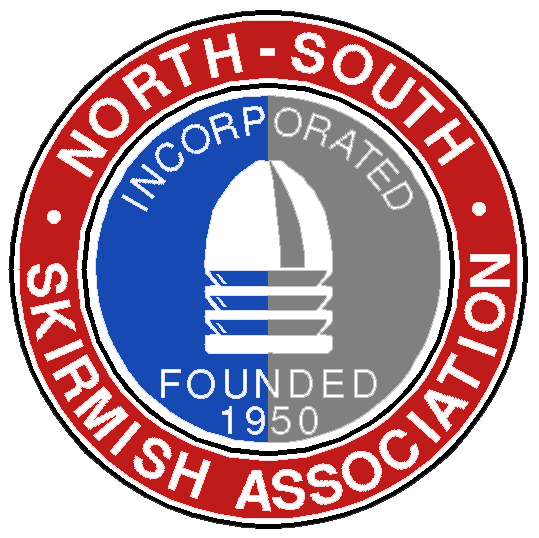Almost every type of Civil War small arm used open sights. A blade for a front sight, a “U” or “V” notch for a rear sight. There are a handful of exceptions, notably the 1st model Maynard carbine, but they are the exception. This can present a major headache for Skirmishers, because optically, a peep sight has an open sight beat. Open sights require alignment of the front sight, rear sight, and target. A peep sight is looked through, not at, and the shooter merely needs to look through it and align the front sight with the target. Walk down the firing line during an Olympic rifle match, and every shooter will be using peep sighs.
Fortunately, N-SSA rules allow for the replacement of sight blades. A Skirmisher can replace that pesky open rear sight with a nice peep. But this carries its own problems. For best results, a peep sight should be placed close to the eye. An open rear sight needs to be placed farther out. And while you can swap sight blades under N-SSA rules, you can’t move the sight base. This means that only a few firearms are really suitable for refitting with peep sights. The 1861 Springfield rifle-musket, the Richmond rifle-musket, the Zouave musket, the 1841 Mississippi rifle, and the Fayetteville rifle have rear sights close to the breech, and thus are good candidates for a peep sight. The Enfields, Model 1855 Springfield, and other longarms with a rear sight located further down the barrel are less suited to a peep sight blade installation.
A Skirmisher must choose the correct sight picture when sighting in their firearm. There are three main choices available: Center hold, Six O’Clock, or Sub-Six. These are presented in Figure 1.
Figure 1 (Center Hold, Six O'Clock Hold, Sub-Six Hold)
Each sight picture has advantages. The center hold works well for N-SSA team targets, as it is set up to put the bullet precisely where the front sight is placed. This is excellent for targets of varying size and shapes. On the other hand, an orange or red front sight does not show up well against an orange pigeon, or even a black bullseye if the light is bad. The six o’clock hold works well against a black bullseye, but may require the shooter to hold under a team target such as a pigeon or tile. The sub-six hold works extremely well against a bullseye target, since the conscious aiming process is focused on the sight alignment (where it should be). Sub-six demands the shooter make a leap of faith, but it pays off. Most Olympic pistol shooters in the Free and Air Pistol events have switched to a sub-six hold.
As for myself, I use a mix. My musket and carbine are set up for a center hold, as I shoot them primarily in team competition. The revolver is sighted for a deep sub-six. Revolver is by far my strongest event (six Revolver Aggregates at Nationals and over 150 Revolver DSCA points worth), and I’ve found the sub-six helps keep my attention focused on the sights where it belongs. And it’s not too much of a problem on the team targets, it just takes practice.
Smoothbore? That’s a whole different story. Smoothbores don’t have rear sights, but they DO have a sight picture – the relationship between the front sight, barrel bands, and tang screw. A smoothbore shooter should work with his firearm until he’s got a mental picture of how that relationship is supposed to look burned into his memory, then figure out where the gun shoots. Consistency is the key.
Mike McDaniel has been a member of the N-SSA since 1978 and is currently a member of McGregor’s 2nd Battery, CSA. He is a second generation skirmisher and grew up at Fort Shenandoah. While he shoots musket and carbine his greatest passion is the revolver where he has won six national N-SSA championships and over 150 revolver DSCA points. He also has the honor to be Deputy Team Captain for the United States International Muzzle-Loading Team (USIMLT).

